
England has many beautiful landscapes and one of the most picturesque is the one that decorates that green fields and the golden beaches of Devon. Summer is approaching, perhaps one of the best times to cross the Channel and visit the UK, and no doubt as soon as the sun begins to shine and the temperature rises a little Devonshire will begin to shine.
Un English summer, Do you like the idea? What does Devon have to offer us? We can get? What landscapes and stately homes cannot we ignore? To plan a good summer british then we propose you a trip to county devon.
Devonshire
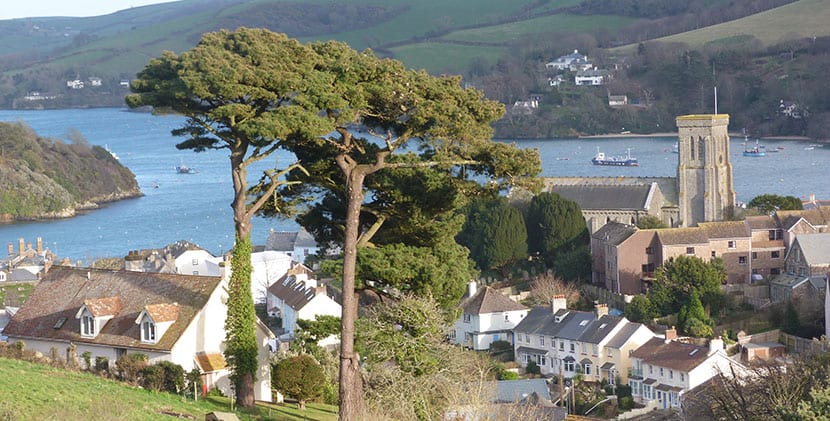
It is in the southwest of England, surrounded by beautiful destinations also like Dorset, Somerset and Cornwall. If you have time it is best to move everywhere, but of course, with limited holidays there is much to see and do in Devon alone.
I always recommend reading a little history about the place where we will go. It serves to understand and contextualize everything we see and visit. In this case these English lands were occupied by the Celts dummoni since the Iron Age. Green fields and long beaches decorated with cliffs have become ports, villages and spas over the centuries.
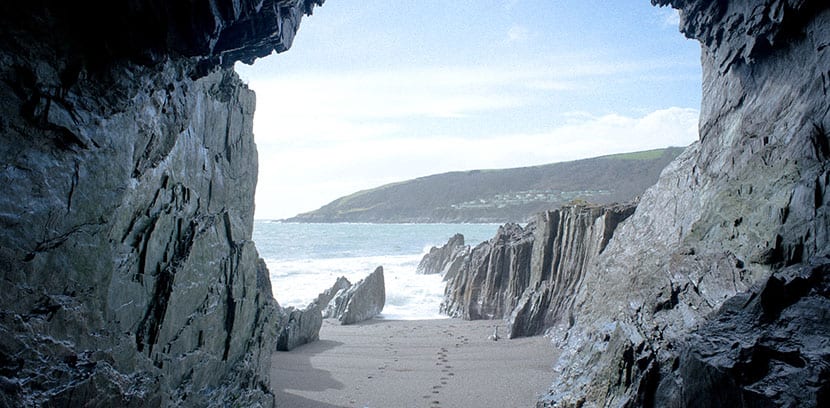
Undoubtedly today Devon's economy is more than ever related to tourism. The English take advantage of beaches of the south and north coasts but the interior of the county is as beautiful as its sea borders: pastures with wildflowers studded with villages, rivers and streams that meander inside forests, vast granite plains and vast skies.
When should you visit Devon? The best time of the year is the one that begins in April and ends with October. On this date almost all tourist sites and properties that are protected within the National Trust open. Lor it is better to avoid school holidays or weekends, at least the most tourist destinations.
When it is autumn the change of colors is wonderful. Between September and October the sea is warmer and the beaches are calmer. Of course, if you go in winter it is colder and many attractions are closed, coastal walks are complicated by the wind, and bus service is limited.
What to visit in Devon
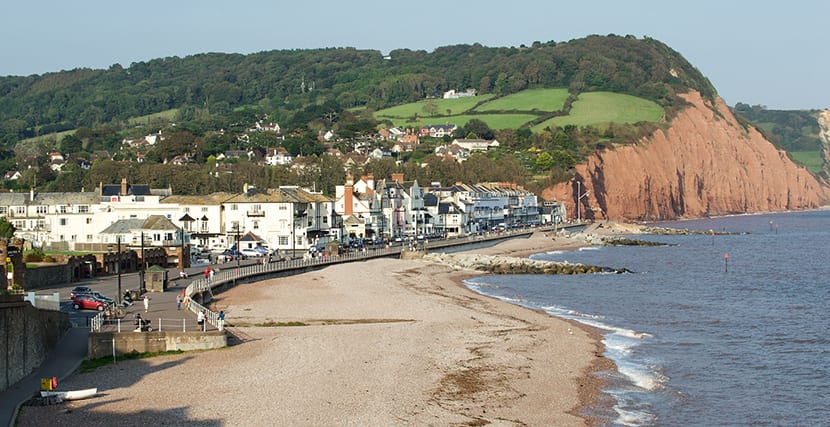
We can divide Devon into a southern part and a northern part. North Devon is very diverse but is often the most popular when it comes to spending time with friends or family. It has sandy beaches with natural pools, in many you can swim or surf and also, inland, there are green valleys. South Devon offers us a beautiful coastline and a lovely inland landscape with ancient villages.
The biggest magnet is the beaches, of course, but not the only one. Devon's urban centers have their interests also so you can take a tour of Sidmouth, Torquay (here is a fantastic cave full of mazes), Totnes or Exeter with its great Gothic cathedral and its two thousand years of history. There are free tours through the old town and its underground passages, an old castle, shopping streets and a canal for canoeing, for example.
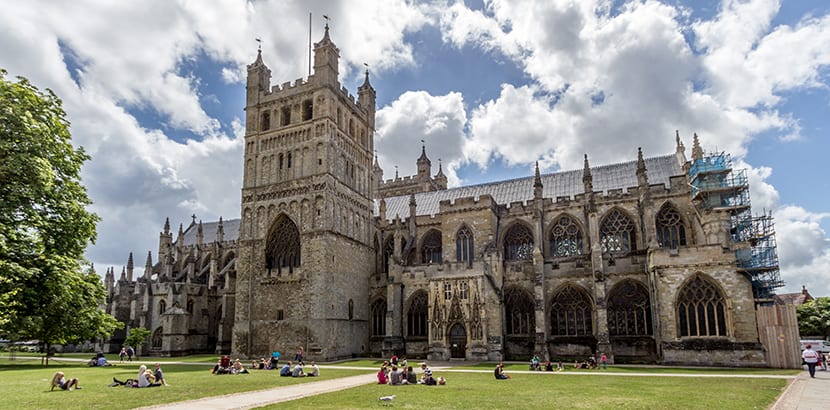
Plymouth It is your destination if you like everything nautical because it is one of the most beautiful natural harbors in the world. Do not miss the Smeaton Tower, the story of Francis Drake, the Gin Distillery or the National Aquarium, the icons of the coastal city. On the other hand, if you like nature more then the destination is dartmoor and for coastal landscapes that take your breath away is exmoor.
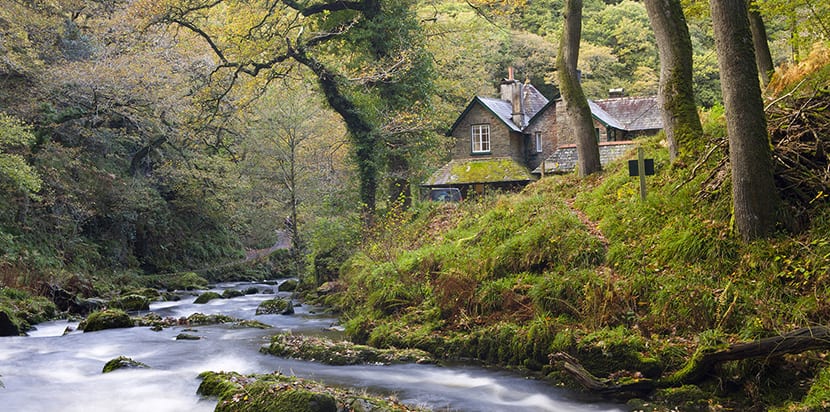
Exmoor has a open terrain, with bushes and hills crossed by the River Exe. It used to be a royal hunting ground and today it is part of a national park. One part is coastal, 55 kilometers in total, it has towering cliffs and at certain points its forests reach the edge of the sea. Postcards of the coast are beautiful: caves, cliffs, beaches, rocky headlands.
It is a great destination for outdoor tourism and of course it is much more enjoyed in summer when the cold and strong wind is not whipping. I leave you some recommended tourist sites for you to write down:
- Compton Castle- It is in South Devon and it is an old fortified house from the XNUMXth century. A survivor of medieval England.
- Babbacombe Cliff Railway: It dates from 1926 and comes and goes from Oddicombe Beach. The landscape that crosses is beautiful and opens from February 13 to December 31 with the last service at 4:55 pm.
- Branscombe Beach- Part of the famous World Heritage Jurassic Coast, East Devon, in Seaton. nearby is the Shingle, with natural rock pools and many trails from which the views are great.
- Start Point Lighthouse: It is a 150-year-old historic lighthouse on the south Devon coast. The views are great with cliffs, beaches and horizon at any time of the year. The lighthouse can be visited.
- Exeter Underground Passages: They were built to bring clean water to the medieval city and today there are guided tours. They are the only passages of their kind open to the public in all of England. You must reserve as many people do. They cost 6 pounds per adult.
- Totnes Castle: very old, from the top you have a superb view of the fields. admission costs 3 pounds.
- Castle Drogo: It is one of the youngest castles and around it there are other historical attractions such as Powderham Castle or Buckfast Abbey.
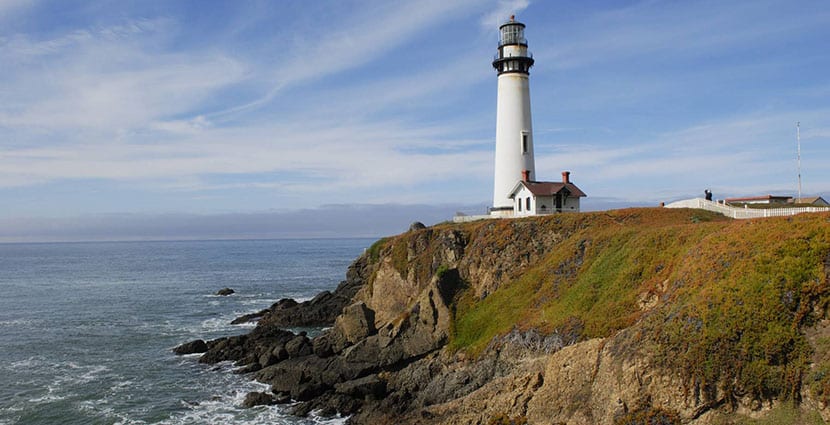
Before finishing it is worth saying that the weather in Devon is unpredictable So one minute the sun shines and the next it gets cloudy and a few drops fall. So wear clothes for a changeable climate. On the other hand, many of the rural areas do not have good mobile coverage so your roaming service will not work well. The best, the wifi of the villages if you find it.
And since you are in the village or city do not stop going as soon as you see pub. People in Devon drink a lot so at 6pm the pubs fill up with locals and tourists. Do you already feel like traveling? Fortunately Devon is accessible by train from many parts of the UK and indeed, the train offers you the most picturesque routes. You can take the Paddington Line or the Waterloo Line and if you prefer the bus then a National Express service.